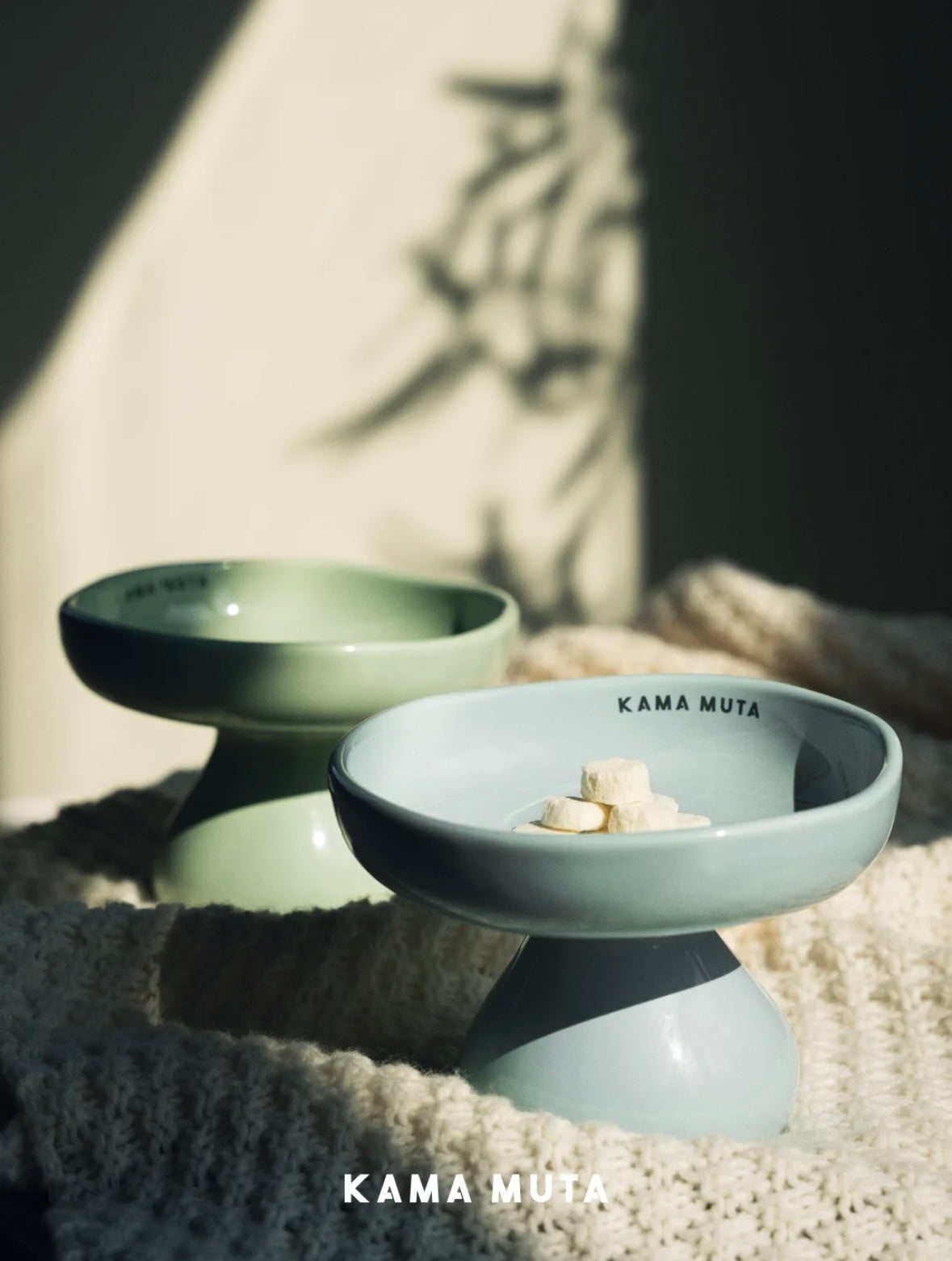
Introduction to the Cat Bowl Selection Guide
When it comes to taking care of our beloved pets, every detail matters. One such detail is choosing the right cat bowl, which plays an essential role in promoting your cat’s health and well-being. In this Cat Bowl Selection Guide, we will delve into the modern advantages and forward-thinking approach to selecting the perfect bowl for your feline friend. Whether you're a new pet owner or a seasoned cat lover, this guide will help you make an informed choice that enhances both function and style for your pet.
The Importance of Choosing the Right Cat Bowl
Selecting the right cat bowl might seem like a small detail, but it is crucial for your pet's daily routine. The Cat Bowl Selection Guide focuses on understanding how proper design, material, and size contribute to your cat's eating habits. Here’s why it’s more important than you might think:
Health and Hygiene: Proper bowls help maintain hygiene and reduce the risk of bacteria buildup. Stainless steel bowls, for example, are known for being easier to clean and less prone to harboring bacteria compared to plastic options.
Comfort and Accessibility: Cats can sometimes struggle with bowls that are too deep or shallow, leading to discomfort while eating. A well-chosen cat bowl ensures a more comfortable and stress-free mealtime.
Modern Advantages of the Cat Bowl Selection Guide

In recent years, pet products have become more advanced, with new materials and designs aimed at improving your pet’s experience. When selecting a cat bowl, the following features are worth considering:
1. Ergonomics and Design
Ergonomically designed bowls are one of the key advantages in today’s cat bowl selection process. Many bowls are designed to reduce neck strain, with tilted edges or a deeper base that helps prevent food from spilling. This ensures that your cat can eat comfortably and avoid unnecessary mess.
Elevated Bowls: These help reduce the strain on your cat’s neck, promoting easier digestion, especially for older cats.
Tilted Bowls: These bowls offer an angled design, which helps your cat eat in a more natural, relaxed position.
2. Material Selection: The Best for Your Cat
Choosing the right material for your cat's bowl is essential for both durability and health. The Cat Bowl Selection Guide covers the following popular materials, each offering unique benefits:
Stainless Steel: Known for being hygienic, durable, and rust-resistant. Stainless steel bowls are easy to clean and don’t absorb odors, making them an excellent choice for most cats.
Ceramic: Ceramic bowls often come in aesthetically pleasing designs and are more stable than plastic bowls. However, they may be prone to breaking if dropped.
Plastic: While affordable, plastic bowls can develop scratches that trap bacteria. Additionally, some cats may be sensitive to plastic, developing chin acne over time.
3. Size and Depth of the Bowl
The size of the bowl is another crucial factor in the Cat Bowl Selection Guide. Choosing the right size ensures that your cat has enough space to comfortably eat without being overwhelmed by a bowl that is too large or too small. Some key considerations include:
Shallow Bowls: Ideal for cats with whisker sensitivity or those who don’t like their whiskers touching the sides of a deep bowl.
Wide Bowls: Perfect for cats who prefer more space to spread out their food and those who eat more quickly.
Large Bowls for Multiple Cats: If you have more than one cat, large, multi-compartment bowls can help reduce competition during mealtime.
Cat Bowl Selection: The Impact on Your Cat’s Health

Your cat’s eating habits and overall health are directly linked to the type of bowl you choose. Here’s how the right bowl impacts health:
1. Reducing Stress and Anxiety
The correct bowl design can reduce stress during mealtime. Cats are creatures of habit and dislike changes in their eating routine. Choosing a cat bowl selection that suits their comfort level can promote a stress-free mealtime experience. For example, cats are sensitive to their environment, and a noisy or unstable bowl can cause anxiety.
2. Better Digestion
Cats with proper eating postures tend to have better digestion. Elevated or tilted bowls help cats eat more comfortably, which can improve digestion and reduce the risk of regurgitation or bloating.
3. Preventing Food Spills and Waste
A well-designed bowl reduces the likelihood of food spilling, ensuring that more food ends up in your cat’s stomach instead of on the floor. This not only saves you from cleaning up messes but also ensures your cat is eating efficiently.
Future Trends in the Cat Bowl Selection Guide
As we look ahead, the pet product industry continues to evolve. The Cat Bowl Selection Guide reflects these trends by considering future innovations in bowl technology. These are some exciting trends to keep an eye on:
Smart Bowls: Technologically advanced cat bowls, which track your cat’s eating habits, monitor their water intake, and even alert you when it’s time to refill, are becoming more popular.
Sustainable Materials: With the growing emphasis on sustainability, more manufacturers are opting for eco-friendly materials, such as biodegradable plastics or recycled ceramics.
Automatic Feeders: For busy pet owners, automatic cat bowls are on the rise, offering convenience and portion control to ensure your pet gets the right amount of food at the right time.
Conclusion: Why the Cat Bowl Selection Guide Matters for You
Choosing the right cat bowl is more than just a design choice; it is a decision that affects your cat’s health, comfort, and well-being. By considering the factors in this Cat Bowl Selection Guide, you are making a proactive choice to improve your cat’s eating experience. Whether you choose a stainless steel, ceramic, or plastic bowl, ensuring that the bowl suits your cat’s individual needs is essential for maintaining a happy, healthy pet.



















